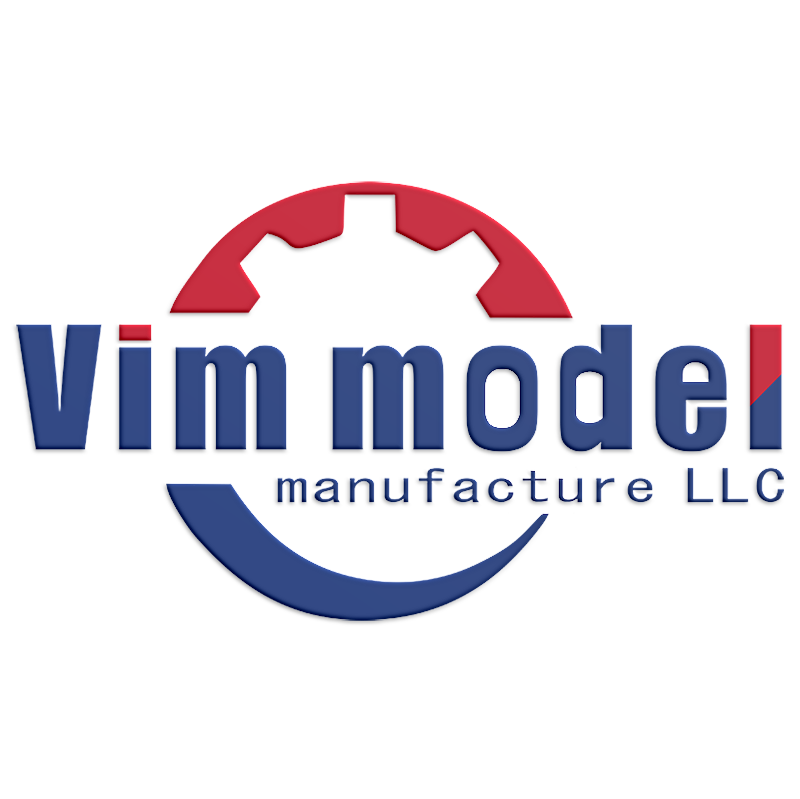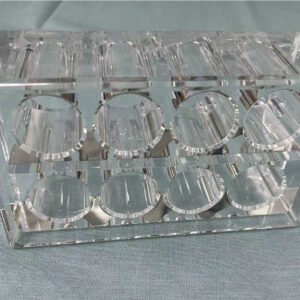CNC Machining parts
CNC-MACHININING-PARTS
Processing: CNC machine
Material: copper
Surface: burring
"*" indicates required fields
Precision and Speed in CNC Machining: The Cornerstones of Modern Manufacturing
In today’s fast-paced manufacturing environment, the demand for high-precision parts is greater than ever. CNC (Computer Numerical Control) machining, a technology that has revolutionized the production of complex components, plays a pivotal role in meeting these demands. With its unmatched precision and speed, CNC machining stands at the forefront of modern manufacturing processes, delivering components that meet stringent tolerances and industry standards.
The Precision Advantage
Precision is the hallmark of CNC machining. Unlike manual machining, where the accuracy of the final product largely depends on the operator’s skill, CNC machining is governed by computerized control systems. These systems are capable of executing highly detailed and complex instructions, ensuring that every cut, bore, and surface finish is executed with micrometer-level accuracy.
The ability to consistently achieve such tight tolerances is critical in industries like aerospace, automotive, and medical devices, where even the slightest deviation can have significant consequences. For instance, in the production of aerospace components, tolerances are often as tight as 0.001 inches. CNC machines can reliably deliver parts within these parameters, ensuring safety, performance, and reliability.
Speed Without Compromise
While precision is crucial, speed is equally important in today’s competitive manufacturing landscape. CNC machining excels in this area by automating the entire process, significantly reducing the time required to produce a part. Modern CNC machines can operate at incredibly high speeds, executing complex geometries in a fraction of the time it would take with manual machining methods.
This speed doesn’t come at the expense of accuracy. CNC machines are designed to maintain precision even at high speeds, thanks to advanced features like high-speed spindles, multi-axis capabilities, and sophisticated software algorithms. These machines can perform multiple operations in a single setup, reducing the need for additional fixtures or repositioning, which in turn minimizes downtime and increases throughput.
Balancing Tolerance with Efficiency
One of the key challenges in CNC machining is balancing the need for tight tolerances with the demand for fast production cycles. Achieving ultra-high precision often requires slower feed rates and multiple passes, which can increase production time and cost. However, CNC technology has advanced to the point where machines can optimize cutting parameters in real-time, striking an ideal balance between precision and speed.
For instance, adaptive control systems in modern CNC machines monitor the cutting conditions and automatically adjust feed rates and spindle speeds to maintain the desired tolerance while minimizing cycle time. This not only ensures that parts are machined to exact specifications but also enhances overall productivity.
Conclusion
CNC machining has set the standard for precision and speed in manufacturing, making it an indispensable tool for producing high-quality components. As the technology continues to evolve, we can expect even greater advancements in accuracy and efficiency, further solidifying CNC machining’s role as a cornerstone of modern manufacturing. Whether it’s producing critical aerospace components or intricate medical devices, CNC machining delivers the precision and speed necessary to meet the demands of today’s industries.
- Rapid Prototyping
- CNC machined parts
- CNC Turning
- Sheet metal
- Die Casting
- Small and large lot production of various quantities
- CMM inspection
- Finish ( Painting, Silkscreen, Sand Blasting, Electroplating, Anodize, etc )
- MOQ 1 pc
- 475 materials available
- 21 Surface Treatment available
- We have a staff of 118 professionals.
- 24 hours for prototype quote
- 4-24 hours to provide a quote for mass production
- 100% full size inspection
- Provide CMM inspection report & heat treatment inspection report & surface treatment certificate
- Many of our technicians have more than 10 years working experience, they are proficient in CNC 3-axis, CNC 4-axis, CNC 5-axis programming and all kinds of molds.
- Our engineering team can provide design suggestions if you need.
- Our engineering team can provide the most reasonable and economical mass production program according to different quantities.
- We can be shipped assembled if required.
- Robots
- Airplanes
- Medical devices
- Cars&Motorcycle
- Machinery
- design company
- Bicycles
- Watercraft
- Electronic
- Scientific Equipment
- Oil&Gas control systems
- Sinal receiving devices
- Optical devices
- Beauty
- Lighting
- Obtained ISO9001 certificate,laying the foundation for product quality.
- Sign a confidentiality agreement to protect customer information.
- Technicians are trained once a year to continuously optimize our skills.
- Project suggestions, optimize product structure.
- Free assembly.
- Your quotes are so fast and I like working with you guys.
- Your parts are so damned gorgeous,we just got some big box today.So Gorgeous.





